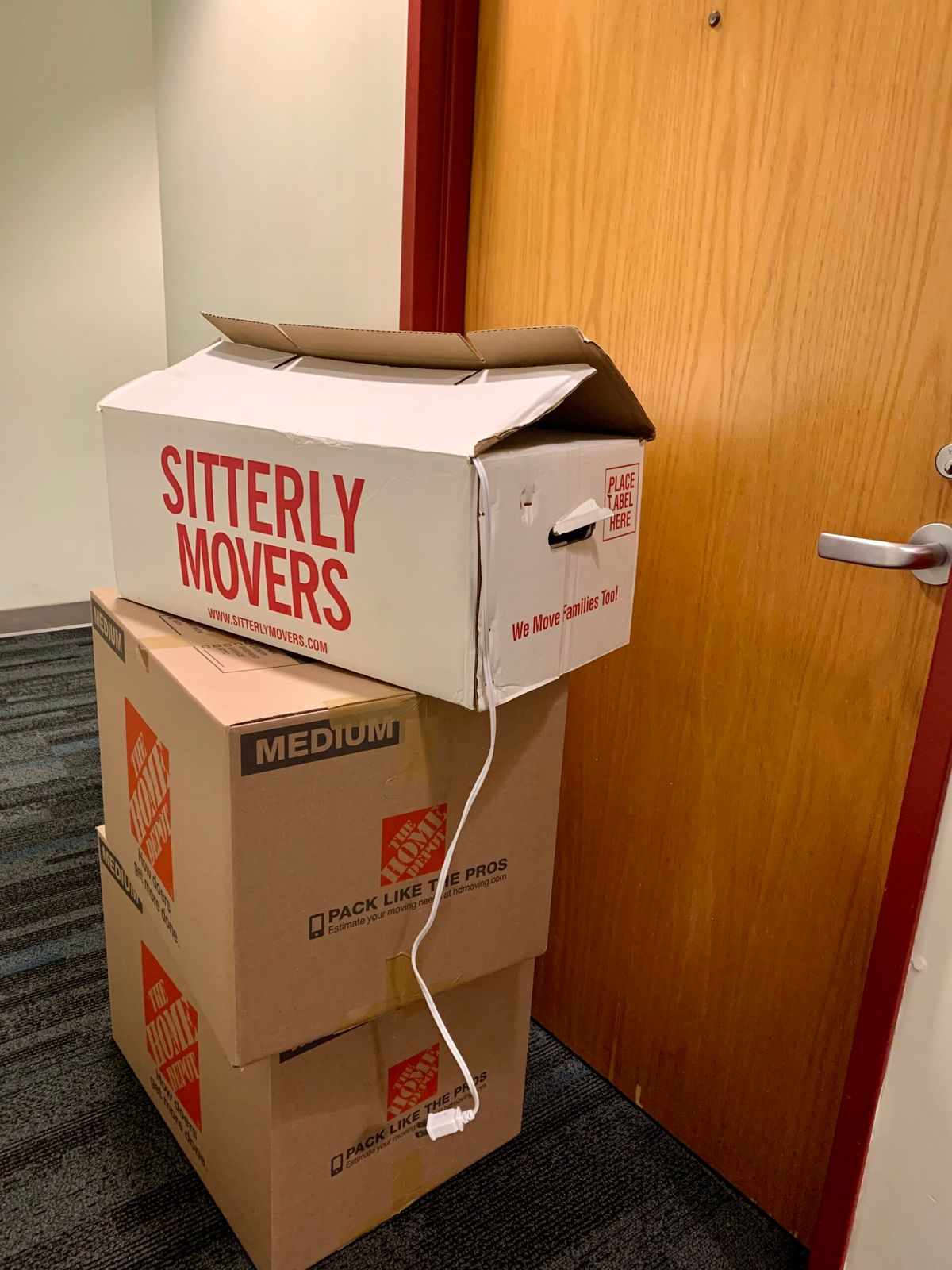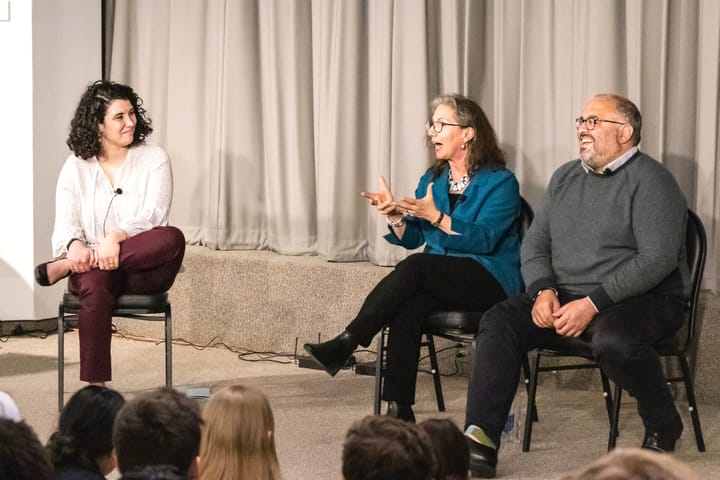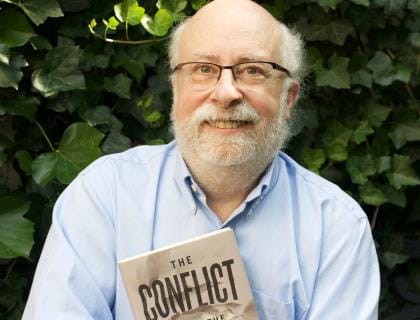College Shifts Into Gear as Hundreds of Students Arrive on Campus

From Thursday, Feb. 11 to Sunday, Feb. 14, students moved into their respective residence halls to begin the college’s second full Covid semester. The move-in period brought the total number of on-campus students to approximately 1,120. The college is now the most populated that it has been in nearly a year. As such, students moving to campus have been greeted by streamlined testing protocols and a stringent quarantine period.
For most students on campus, the testing process began before they set foot in Amherst. This semester, the college partnered with Color, a Covid-19 testing and population genetics company, to send self-administered pre-arrival tests to students’ designated addresses. Those test results were received by the college for the student’s arrival date. According to Dean of Students Liz Agosto and Director of Emergency Management Matthew Hart, only one student received a positive test from Color and stayed at home as a result. Those whose pre-arrival Color results did not come in time or were inconclusive took a rapid antigen test upon their arrival to campus. All of the rapid tests administered came out negative.
Testing has been a high priority of the college’s pandemic plan and accordingly, it was the first order of business for students getting to campus, after which they received 24 hours’ worth of food.
Hart noted that though overall the testing process went “relatively smoothly,” there was a testing delay for some students whose shuttles arrived simultaneously. Majo Jaramillo ’24, who moved in on Thursday, was on one of the shuttles.
“It was a rather smooth process except for the big line outside the Covid testing station. I had arrived in a shuttle with a lot of students from the Logan airport so we all headed directly to the alumni house, hence the wait time. Once I got tested though the process was very quick,” Jaramillo said.
It felt like there was an anxious energy in the air when people saw each other on the testing line or in the dorms for the first time, since you sort of remember people’s names and faces, but it’s only made harder by everyone wearing a mask.
Andrew Leung ’23E
But beyond waiting in the cold, the testing line was many students’ first point of on-campus social interaction. Andrew Leung ’23E, who took the fall semester off to pursue an internship, described that “It felt like it was Orientation Day all over again. It felt like there was an anxious energy in the air when people saw each other on the testing line or in the dorms for the first time, since you sort of remember people’s names and faces, but it’s only made harder by everyone wearing a mask. Initial conversations were always pretty funny because everyone always talked about how they just did nothing in quarantine, which feels like it should be the slogan of 2020.”
Due to the college inviting back around 250 more students than it did last semester, the testing center has been scaled up. Compared to the fall semester, Hart said, “We’re able to move more students through per hour and are staying open longer on student testing days.” Testing will also look different than last semester due to the weather. “In the fall, the testing center operated outdoors under open-sided tents on all but the coldest days,” Hart continued. Instead, testing takes place at Alumni House for the first part of the spring semester, until it gets warmer.
After students finished testing, they moved into their assigned dorm rooms and began the quarantine period. For the first week of classes, all classes are being conducted remotely, most buildings are inaccessible and students are asked to stay in their dorm rooms and engage in limited social interaction.
Students who requested an alternate move-in date after the college transitioned out of the first phase of quarantine, that is when a majority of students on campus have received three negative tests, will spend their first quarantine phase at the Inn on Boltwood. The hotel is owned by the college and will operate as a make-shift quarantine space during the semester.
Many students have taken the quarantine period in stride, using a non-ideal situation to get themselves settled and prepared for the coming semester. “The quarantine has been both boring and useful,” Jaramillo said. “I really want to go hang out with my friends, but at the same time I am grateful for the time I have to set my affairs in order. I am the kind of person that likes to plan every little thing and that requires time.”
Leung, who is also on the men’s squash team, has been using the time for “journaling, reading a few books [he] brought, exercising and the occasional online game with friends, some of whom are directly across the hall.” He has tried to get creative to make his room a space to keep in shape for a squash season yet to come: “I have enough space in my room to do some exercises on my own with resistance bands and a foam roller, but it’s certainly not a squash court.”
Dorm living in the time of Covid is a tenuous situation. Community advisors (CAs) are students responsible for ensuring that residents are enjoying their residence hall experience while also following safety protocols. Sam Schulz ’22 is a CA for Charles Pratt Hall, a first-year dormitory. He explained that it is “at times difficult to balance the importance of maintaining good relationships with my residents and the need to make sure people were following Covid guidelines to ensure everyone’s safety.”
“I have also tried to find ways to interact on a casual level with residents, in addition to the semi-formal intro meeting that I had, which has had moderate success, but I think once things open up will be easier,” Schulz continued.
As with most aspects of campus life, the Val experience has been overhauled since its pre-pandemic days, but there have also been some changes since the fall semester in response to student feedback. Director of Dining Services Joseph Flueckiger confirmed that Val will now offer a parfait bar for breakfast and a salad bar for lunch and dinner, which should address the student request for more fresh produce. Val is now also operating on a three-week rotation of meals, compared to the two-week cycle of last semester.
So far, students seem pleased. Gabriella Moore ’23, who was on campus in the fall and has “a lot of dietary restrictions,” said that the dining options now provide more choices for her.
“The food, at least what they gave me for quarantine, was a lot better this time around. I was given a lot of food I couldn’t eat in the fall, but this time I got a lot of different options.”
Gabriella Moore ’23
“The food, at least what they gave me for quarantine, was a lot better this time around. I was given a lot of food I couldn’t eat in the fall, but this time I got a lot of different options,” said Moore.
Leung similarly has positive notes for his first couple days of the Covid version of Val: “As a vegetarian, I thought it would be difficult to maintain it with grab-and-go style food. But the meals so far have not only been seamless to pick up, but also more delicious than the things I make for myself most of the time.”
With more students on campus this semester, staff members like the custodial team still face risks when it comes to coming to work in person. Heidi Kellogg, supervisor of event support services, recalled a staff member telling her, “I feel safer on campus than when I’m in a grocery store.” However, she recognizes that “Students leaving campus present the most concern. You only need to look at UMass and off-campus housing to recognize students are at a greater risk when outside the Amherst bubble.”
Despite the risk and “heightened awareness of their own personal safety,” the custodial team has been expanded to fulfill an increased commitment to keeping the campus clean. “Restroom cleaning in residence halls occurs three times a day, while disinfecting of these spaces, along with high-touch surfaces, occurs until 9:30 p.m.,” Kellogg explained.
This weekend was the start of getting the college back into full gear to accommodate the student arrival process while also mitigating the possibility of a Covid outbreak similar to what has been taking place at UMass over the past couple of weeks. Agosto and Chief Student Affairs Officer Karu Kozuma have both noted that the administration is aware of these developments at UMass. The administration has “looked for lessons from it,” according to Agosto, but “it has not shifted our extremely cautious approach to the semester or the expectations that we currently have in place.”
Overall, Agosto finds that the biggest risk of the move-in period is merely the concept of bringing people from all over the world (where rates of Covid are varied) into a contained space like the Amherst College campus.
“While the scheduled move-in days are over, the next two weeks will indicate how well we did as a community with the quarantine period, mask wearing and distancing.”





Comments ()